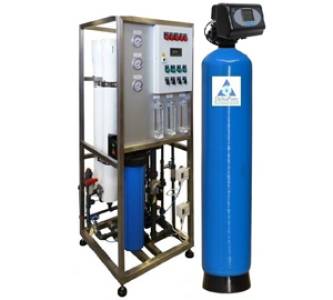
The Sequential Batch Reactor (SBR) offers a highly efficient and flexible solution for wastewater treatment, ideal for a wide range of applications from municipal to industrial settings. This innovative system combines the advantages of activated sludge processes with the simplicity and ease of operation of a batch process, resulting in superior effluent quality and reduced operational costs.
Key Features & Benefits:
Process Description:
The SBR process operates in distinct phases within a single tank:
Applications:
Customization Options:
Our SBR systems can be customized to meet specific project requirements, including:
Contact us today to discuss your wastewater treatment needs and learn how an SBR system can provide a cost-effective and environmentally sound solution.